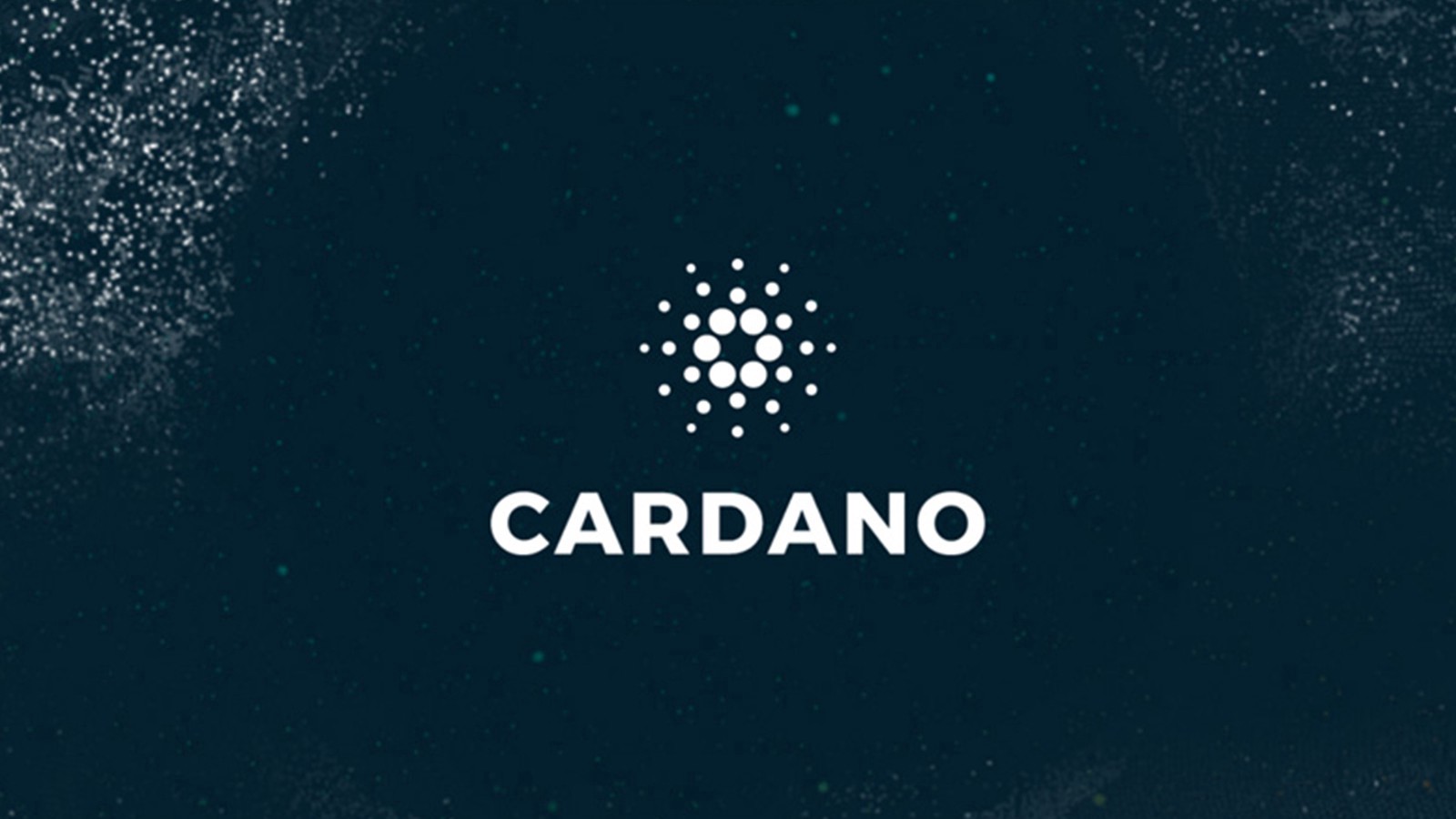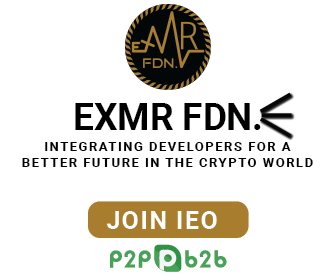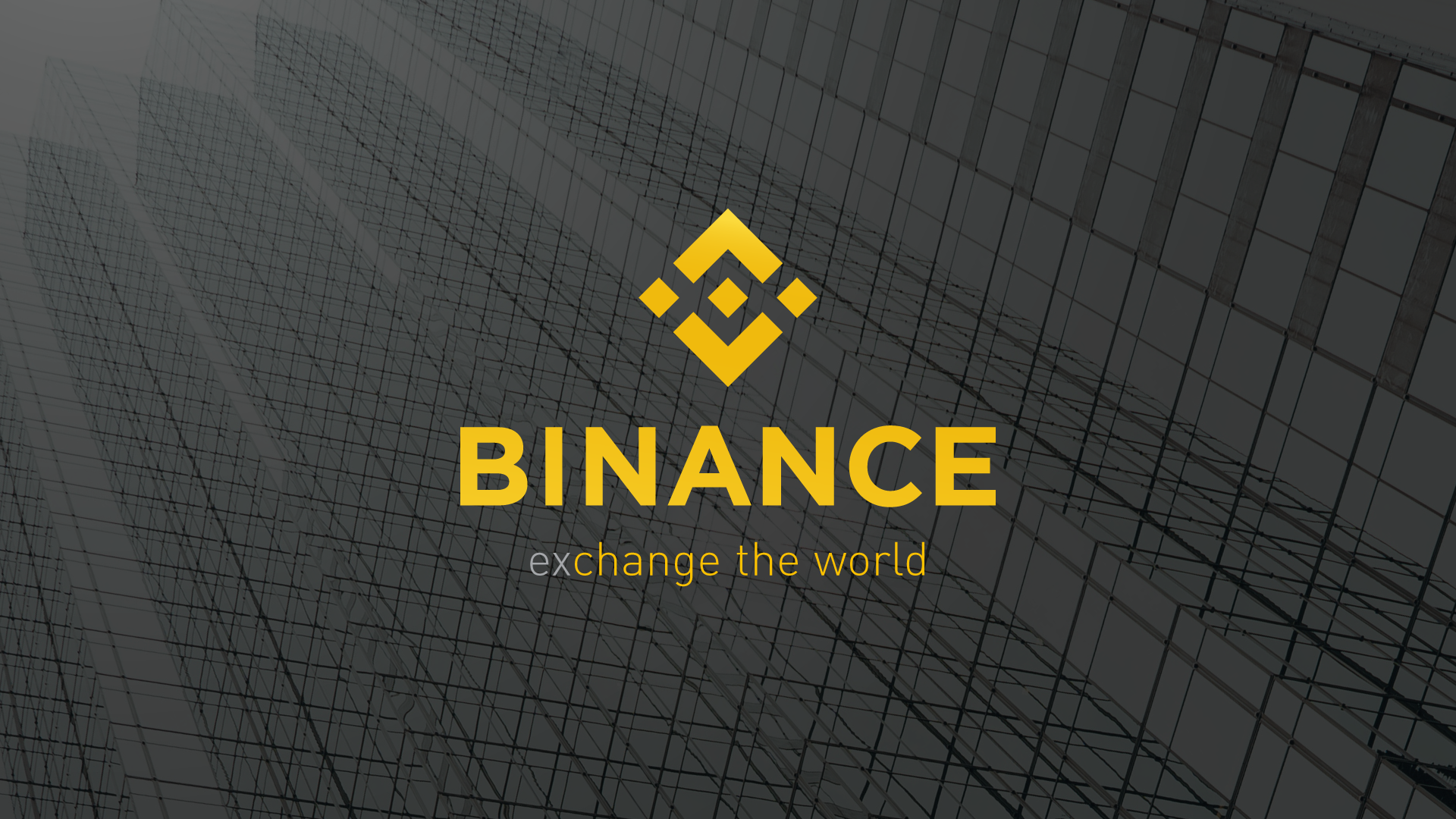Every wave of innovation in cryptocurrency seems to spawn a wave of spin-offs. While some deride everything other than Bitcoin as “shitcoins,” which is probably a case of throwing the baby out with the bathwater, so to speak. Others view the phenomenon of “altcoins” as nothing more than the healthy competition in a free market.
So it’s not surprising that MimbleWimble, a break-through privacy proposal anonymously published in 2016, led to the birth of a whole new sub-sector of the cryptocurrency market.
A number of teams are now working on advancing different visions of MimbleWimble. In some ways, this market is much more competitive than the broader cryptocurrency market, because the gap between the different contenders is not as clear as is the case with Bitcoin vs. altcoins.
Here’s a list of a few of the various MimbleWimble implementations I came across in the research. A few I didn’t include because they have only been announced but don’t actually have any functioning software— if you feel I missed anything important, you’re welcome to let me know.
Grin
Grin has the honor of being the first actual implementation of MimbleWimble. Started soon after the release of the MimbleWimble whitepaper, it’s something of a bastion of cypherpunk puritanism. Relying purely on donations for development, the focus with Grin seems to be mainly on the tech. As a result, it is not the easiest to use, but that may change soon since Binance just awarded a $15,000 USD grant to Ironbelly to develop a mobile wallet for Grin.
A number of commentators have knocked Grin for its emission schedule since there is no total cap on overall supply. Grin’s team defended their design choice, however, by arguing that long term inflation will help to stabilize price and encourage Grin’s use as a medium of exchange.
Beam
Hot on Grin’s heels on CoinMarketCap, Beam is the first major corporate MimbleWimble implementation. With backing from a range of capital funds, Beam is built on slightly different design philosophy, and due to the extra capital backing, it is notably easier for beginners to use than Grin.
Some have raised concerns that Beam’s corporate ties cast doubt on their commitment to privacy, but their profit model is based on a so-called “dev tax,” where a percentage of all the Beam mined go to the investors bankrolling Beam’s development, and the project is open-source, so it’s unlikely that there will be any data mining going on.
20% of all Beams mined for the first year will go to the treasury, and then 10% for the following 4 years. When all is said and done, this means approximately 11% of the total supply of 262 million Beams will go to the treasury.
Unlike Grin, Beam’s team is publicly known. This leads to advantages in terms of transparency, but it is also a source of fear that it would make it easier for hostile governments to take action against the protocol or team.
Kepler Network
Kepler bills itself as “the world’s first anonymous asset platform Based on Mimble Wimble.”
It’s designed as a digital asset platform, which could be handy for running underground crowdfunds in countries with tight ICO regulations.
It’s received some criticism, however, for a 2% premine in addition to a perpetual 2% dev tax. Of course, it might be worth it if they deliver a quality product, but such a hefty pre-mine could also increase the risk of a potential pump-and-dump. This is because while the overall supply is 2.1 billion, a 2% premine means that the devs will have 42,000,000 coins or a lion’s share of the total circulating supply for the critical first years of the coin.
Even if there is no intent of fraud, if life circumstances force the devs to sell off their reserves, it could negatively affect prices. On the other hand, the extra funds could help with the development of an excellent product.
Tari
Tari, along with Kepler, is another entry in the “Ethereum meets MimbleWimble” category. Based in the San Francisco Bay area and South Africa, the Tari digital asset platform is actually a sidechain of Monero secured by MimbleWimble. They’ve raised seed funding from big names like Canaan Creative, the manufacturer of the Avalon miner series.
Tari will be mineable via merge mining, allowing miners to simultaneously earn Tari and Monero. While they are funded by a number of venture capital funds, it is unclear what their long term profit model will be, and their website is conspicuously silent on this point. Maybe the investors are Monero holders.
Bitgrin
Bitgrin is a fork of Grin that was born from the criticism of Grin’s economics. It’s essentially like Grin, except with the same total supply and emission schedule as Bitcoin- hence the name.
Like Beam, the team is funding themselves through a dev tax of 10% of the circulating supply, which seems a bit steep, since it’s unclear what work they are doing besides changing a few lines of Grin’s code. All told, the devs will get approximately 4.7% of the total supply of 21,000,000.
Epic Cash
With its mainnet scheduled to launch on September 1st, Epic Cash is a newcomer to the MimbleWimble scene. Like Bitgrin, Epic Cash is a fork of Grin modeled along the lines of Bitcoin’s economics.
While all of the MimbleWimble implementations have some level of ASIC resistance, Epic Cash sets itself apart by combining three different mining algorithms. This gives an advantage to small miners, which fits with Epic’s overall strategy of pushing mainstream adoption and long term decentralization.
Epic is actually going after those billions of unbanked people you often hear about in conversations about cryptocurrency. The Epic community has already organized events and charity in African countries like Sierra Leone, Ghana, Liberia, and The Gambia. They are also reaching out to people outside of the traditional crypto-investor sphere by sponsoring yacht races, among other things.
Like other projects on this list, Epic is developed and promoted by a foundation that will take a percentage of mining rewards for the first 8 years of the project’s life. All told, Epic Cash’s dev tax will net the foundation approximately 5.8% of the total supply.
(Possibly) Honorable Mentions
There are several very young, very new MimbleWimble coins with no dev tax or premined coins. These include names like VCash (another Grin fork), Litebeam (you guessed it, a Beam fork), and Grimm. These projects seem to have limited support, which is understandable given their funding models. But each is trying to offer some unique advantages over the competition, so time will tell if any of them are able to take off.
Conclusion
It’s still unclear what the future of cryptocurrency regulation will look like, but since privacy is increasingly under pressure, there’s no end to the demand for privacy currencies in sight. As long as that continues to be the case, we can expect strong interest in MimbleWimble in all its variations to continue.


















